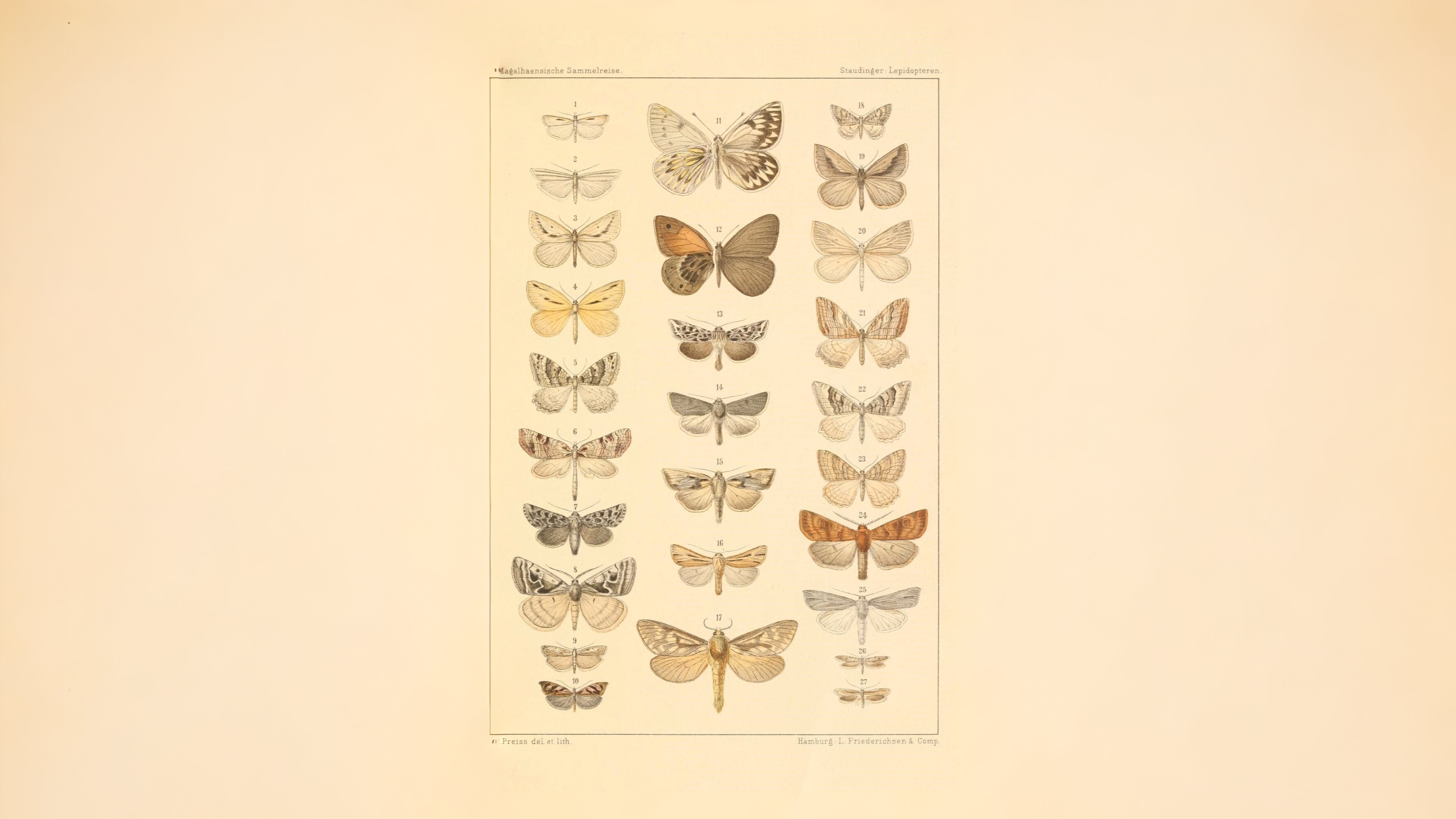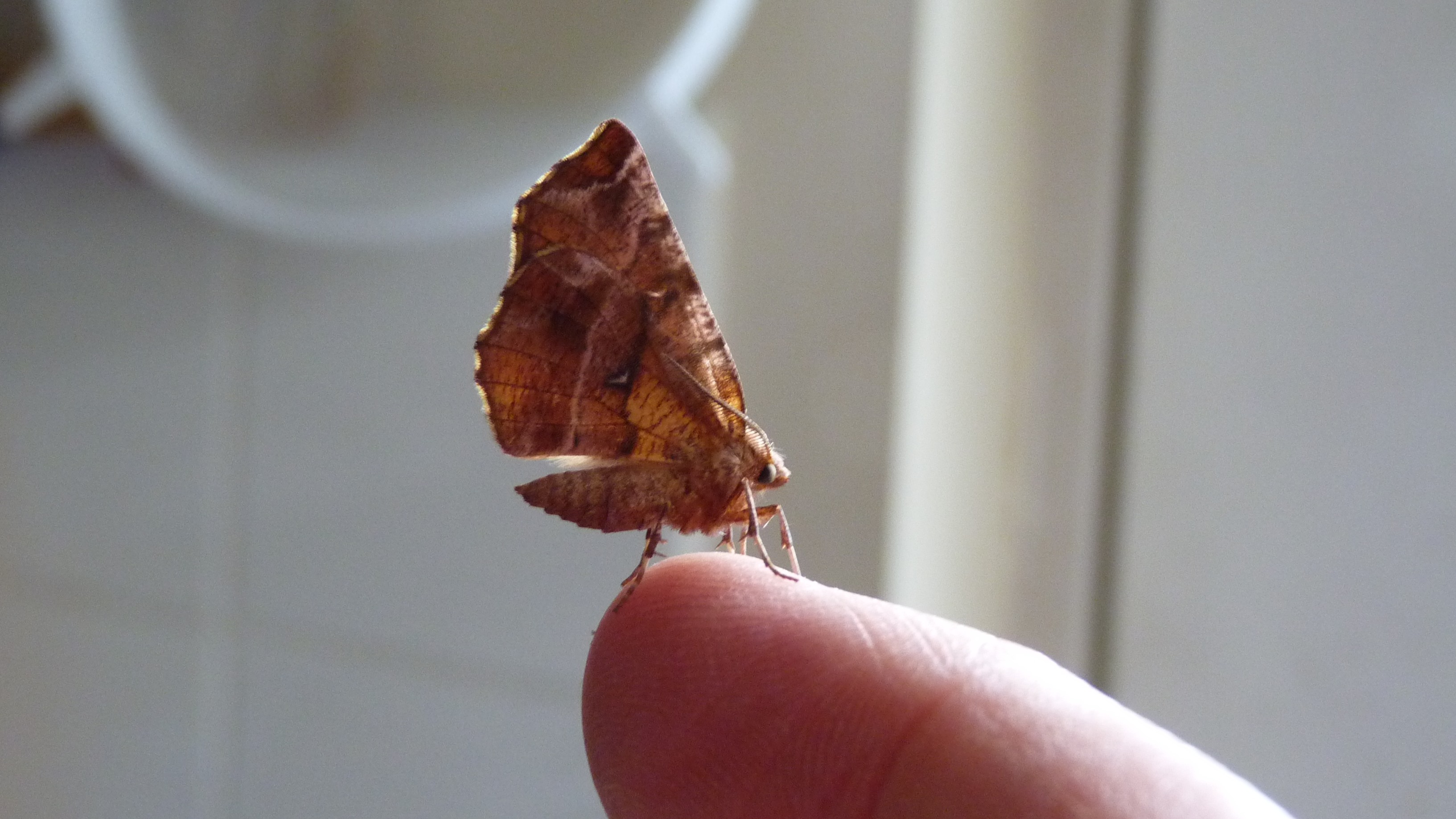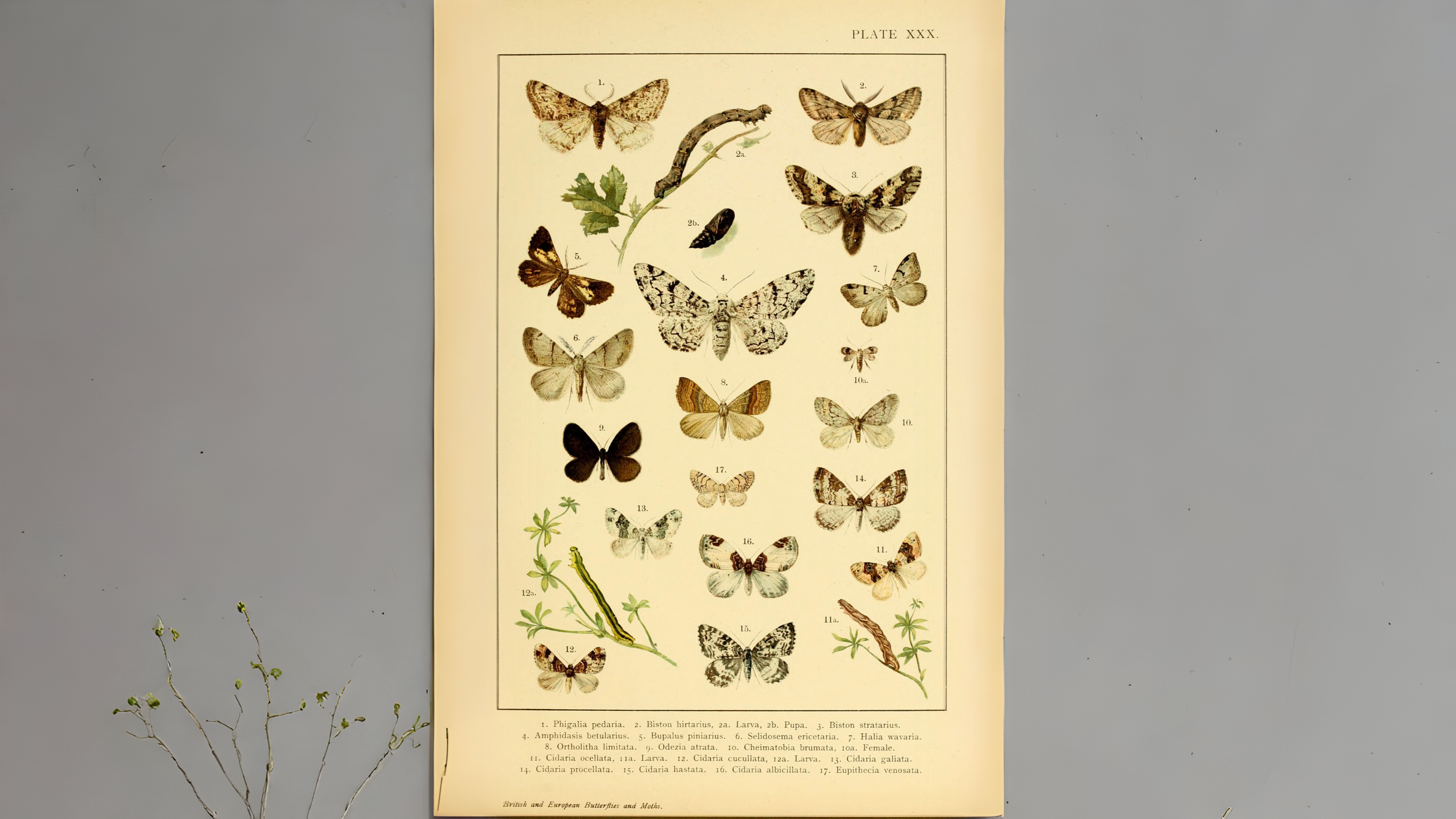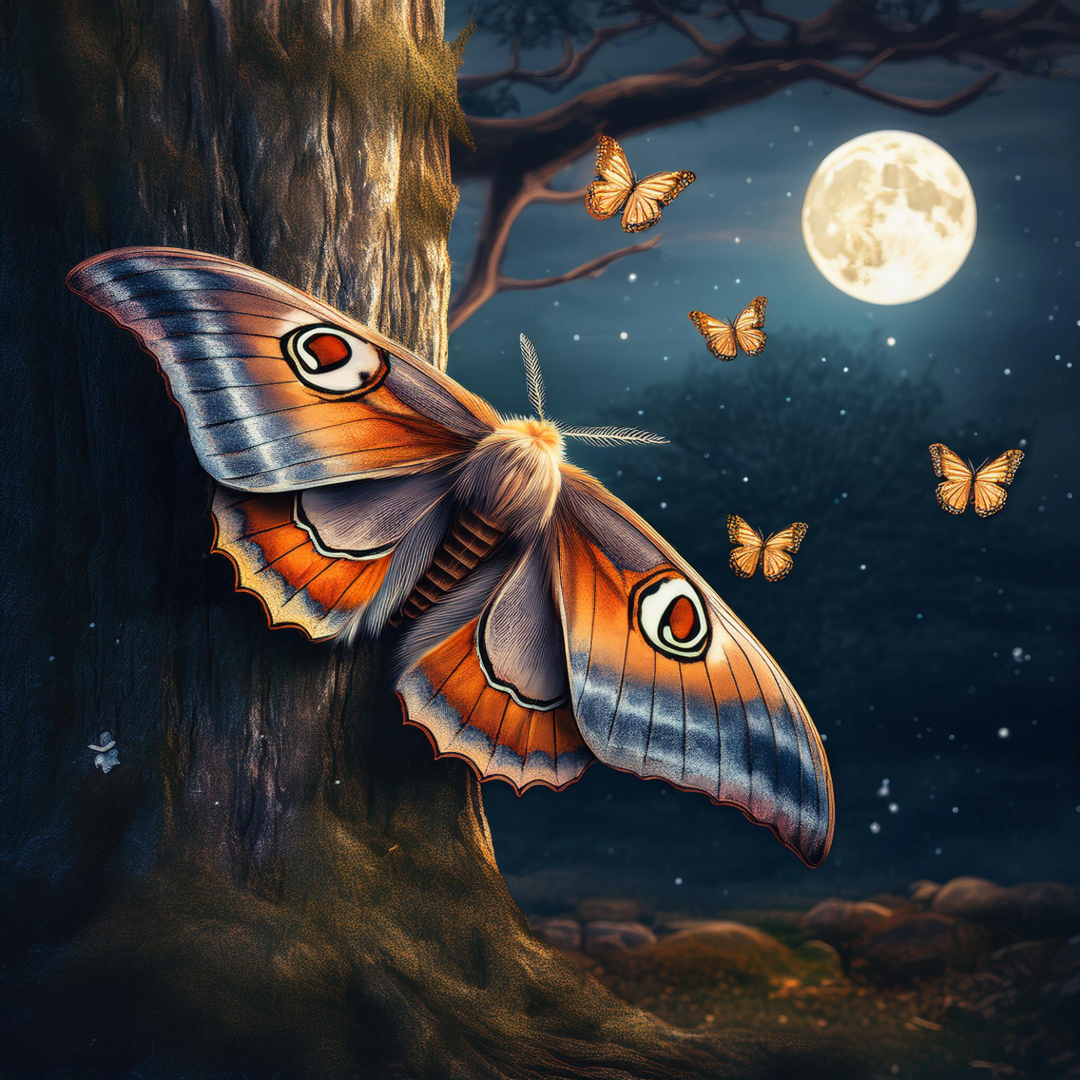
As March nights warm, London’s moth population emerges in a flurry of wings and mystery. From the unassuming March moth to the striking Oak Beauty, these nocturnal wonders are more than just shadows in the dark. Discover the Hebrew Character’s cryptic markings, the Orange Underwing’s fiery flashes, and the Pine Beauty’s woodland allure. Did you know some moths mimic leaves, while others flaunt feathered antennae? Join us on 30 March to uncover the secrets of London’s moth world. Don’t miss this enchanting journey into the night!
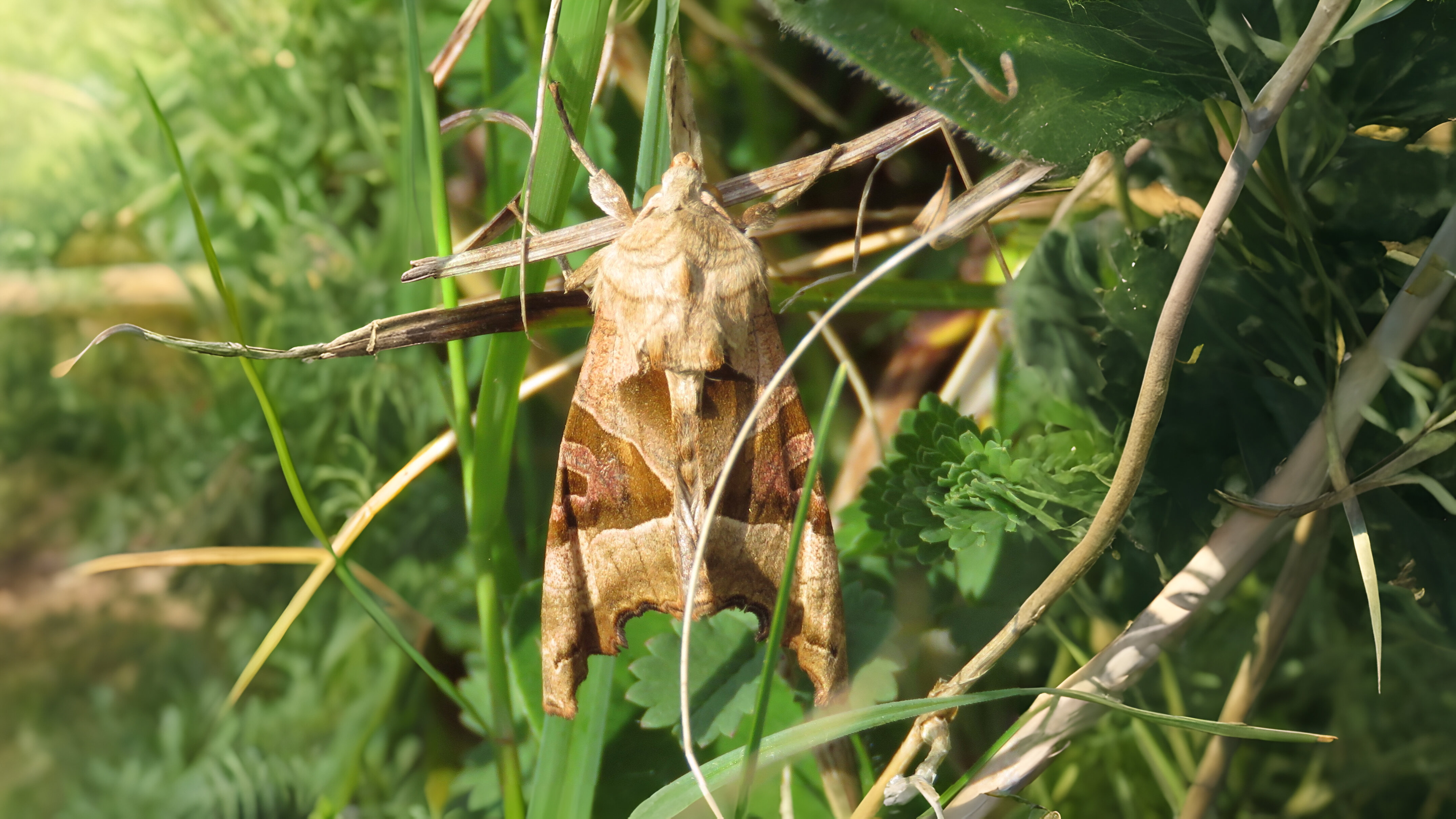

Two groups of moths that are more common than most this month are the quakers and the drabs e.g. the Common Quaker, Twin-spotted Quaker, Small Quaker, Clouded Drab and Lead-coloured Drab. These small moths, as a group, tend to be grey and brown, but with distinctive circles on their wings. The Common Quaker Orthosia cerasi is often found in large numbers in moth traps. The twin-spotted Quaker Orthosia munda is usually easily recognised by its paired black spots visible on each resting wing, although annoyingly there is also a spotless form. The Clouded Drab Orthosia incerta is a handsome noctuid species, with distinctive small, irregular circles on its wings and the Lead-coloured Drab Orthosia populeti is again unsurprisingly lead in colour. It is often seen at dusk around willows and aspens. Some moths, such as the Sword Grass Xylena exsolenta are immigrants. Other rarities this month are the White-marked Cerastis leucographa and the Light Orange Underwing Archiearis parthenius. The White-marked was a speciality of Whippendall Wood, in Hertfordshire, but nowadays any seen are just likely to be wanderers.
